| 1 | South Africa’s main cobra |
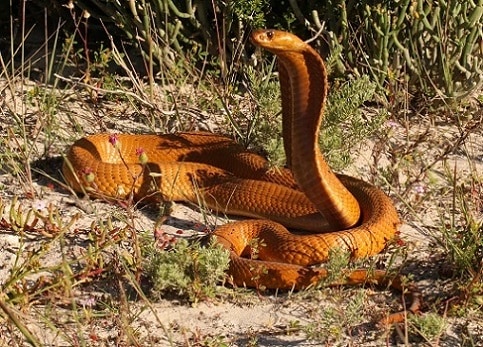
Some of the internet’s favourite snake videos these days are of the mongoose battling cobras in Africa, being a nimble ninja and darting between its strikes, or the honey badger doing the same. The cobra in these videos is normally one species – the cape cobra (Naja nivea). This is the resident cobra of southern Africa, inhabiting South Africa, Botswana, Lesotho and southern Namibia. They’re found in all of South Africa except the northeast, and are abundant in reserves like Kruger National Park.
Cape cobras average at 1.2-1.4 metres, and the longest confirmed record was 231cm, with a weight of 1.8kg. Cape cobras are completely diurnal (moves by day), and seeing one active at night is a freak occurrence. They appear in a variety of habitats, but generally prefer open areas, which support their active lifestyle of slithering hundreds of metres per day, always investigating objects and gazing over hills. You can find cape cobras in grassland, savannahs, rocky hills, semi-desert and sparse woodlands, but rarely forests. They also invade human habitation regularly, slithering down paved alleyways, or even into toilets.
Likewise, they’re an excellent swimmer, which regularly invades beaches, and can climb trees. That’s not mentioning their neurotoxic venom. There’s little this southern African cobra can’t do, except of course survive a battle with a honey badger.
| 2 | Devours its neighbouring snakes |
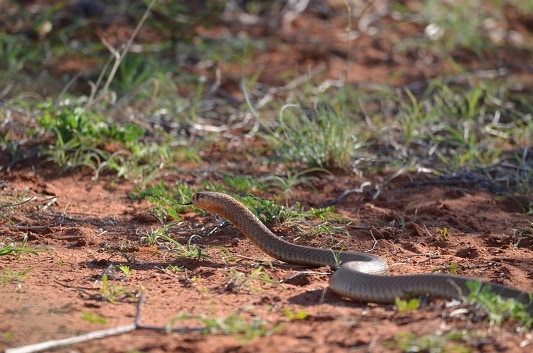
Cape cobras eat a massively varied diet, and according to a 2007 study, snakes comprise 32%, versus 24% for the nearby brown forest cobra. Puff adders were a particular favourite, making up 33% of total snake prey. This is Africa’s most widespread venomous snake, and the deadliest by annual fatalities (though cobras have a stronger venom).
This viral video with 29 million views showed a battle at the halfway point. On the dry soil of savannah, inbetween bushes, an eager cape cobra circled its puff adder prey, which was lying flat like a panting human. The puff adder had seemingly been bitten already, and the cape cobra was waiting for the venom to spread.
About 55 seconds in, the puff adder made a sudden movement, and the cape cobra instantly responded with a jabbing bite that likely injected another venom dosage. The puff adder was no threat anymore, so the cape cobra evidently had one thing on its mind: food. This video also shows just how thick the puff adder is – it’s one of the bulkiest non-constrictors, one of the bulkiest venomous snakes. Cape cobras are intermediate in width.
| 3 | Versus: mole snake |
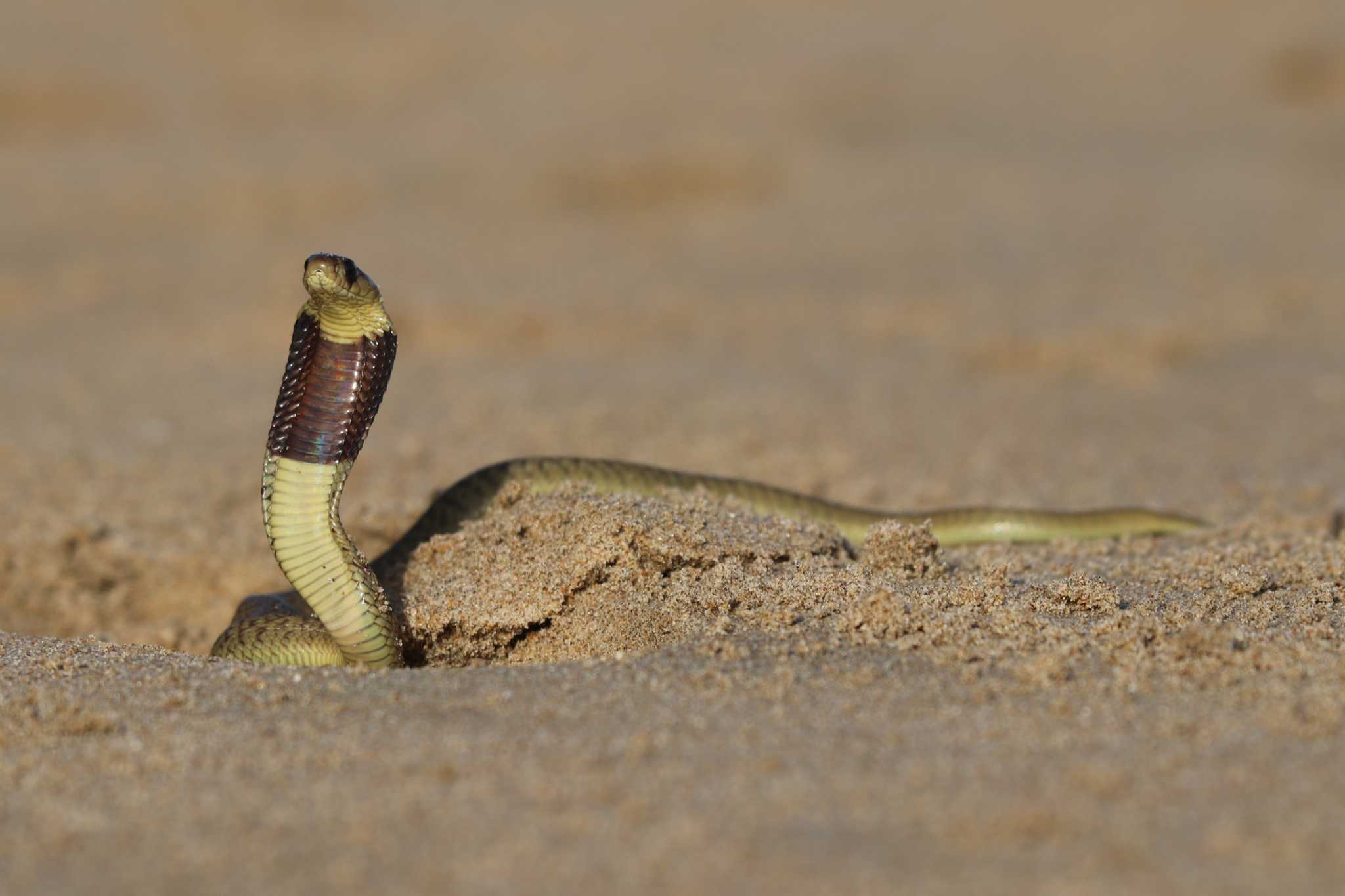
Mole snakes are another popular serpent prey for cape cobras. This is a powerful constrictor, which reaches 2 metres and can lay 95 young. Mole snakes inhabit most of South Africa, Botswana, and Zimbabwe, and parts of Mozambique.
This video from the Kalahari desert shows a cape cobra dragging away a juvenile mole snake by the head, possibly to a sheltered place to continue swallowing. The mole snake is already dead and showing no resistance. But this 2022 video was a more brutal affair. The cape cobra’s head was covering an adult mole snake’s head, but not inching forwards at all. The mole snake was coiled completely around its body. At first, the cobra seemed in control, but within a couple of minutes, the cape cobra’s neck was outstretched, and stiffened in a way that looked uncomfortable.
Far from winning, the cape cobra appeared to be losing the fight. There was even a slight look of panic in its eyes, as it waited for its venom to spread through the mole snake’s blood vessels and shut down the vice-like grip. The cameraman was forced to leave due to time constraints, but it’s possible that both died, the cape cobra being asphyxiated, then the mole snake celebrating for a minute before dying from paralysis.
| 4 | Versus: a squirrel |
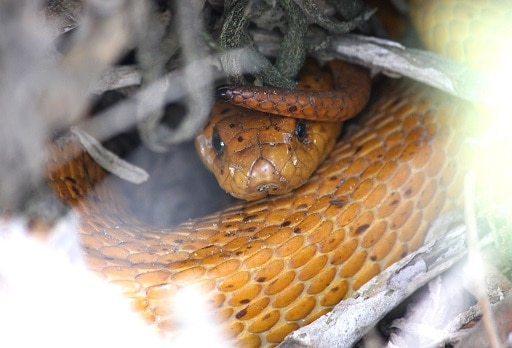
The fact that cape cobras swallow puff adders proves that they have venom resistance. Likewise, they’re immune to fellow cape cobra venom, as they’re confirmed cannibals. In January 2018, scientists were searching South Africa’s Kalahari Desert for snakes to implant with radiotrackers. A tour guide alerted them via radio of two large yellow snakes fighting, and the scientists rushed to the scene, expecting to find two wrestling males. Instead, they found a 167.2cm male cape cobra swallowing a smaller male measuring 130.0cm.
Cape cobras also eat mammals such as hairy-footed gerbils, four striped grass mice, and the ubiquitous black rat. They attempt to prey on squirrel cubs, but don’t always get their way, as proven by a video from Kruger National Park. It contained one of the yellower cape cobras you’ll see, duelling a mother squirrel protecting her young.
Both cobra and squirrel were incredibly fast, like a gallon of caffeine had been poured into their bloodstream, except this was just their natural speed. The squirrel repeatedly edged closer to the cobra, probably to land a gnawing bite, but the cobra repeatedly struck. The squirrel dodged by millimetres each time, and never gave up, coming back for another blow, seemingly with no regard for its own safety. Ultimately, the squirrel won. The cobra was forced to back off, hiding in a small hole in a tree. The people filming remarked that the squirrel had probably done this before.
| 5 | Versus: weaver birds |
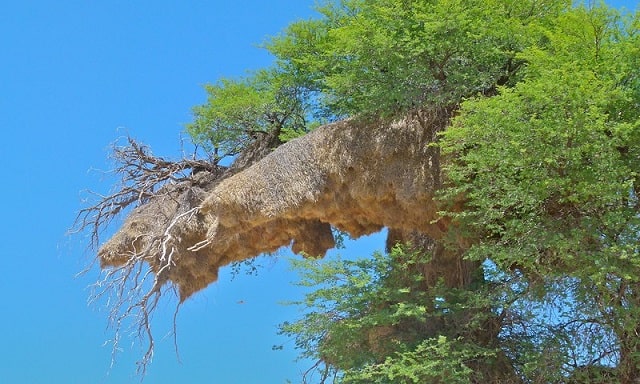
Cape cobras also climb trees to raid birds’ nests, and this David Attenborough documentary from 2008 captured detailed footage. It used a combination of daring cameramen and tiny cameras implanted harmlessly into the cape cobra’s back. The documentary showed the cape cobra’s effortless tree climbing skills. It ascended using every crevice and hollow it could find as a hold, instinctively locating them without stopping to think. The cape cobra didn’t ascend quickly, but had an air of impatience.
After a few minutes, it reached about 10 metres high, where it had a bounty of nests to choose from, from the sociable weaver species, whose nests are notorious large. The cape cobra then fastened its tail to a protrusion on tree, and lowered its entire upper body. The secret with sociable weaver nests are entrances on the underside, as a deterrent against predators. But cape cobras were able to infiltrate these using nimble acrobatics. They lowered their body, then angled upwards again to poke their head through, and seize the nestlings from their place of safety.
Somehow, the filmmakers even captured footage from inside the nest showing an enormous serpent head poking its way in, with an unchanging facial expression. Sociable weavers are endemic to South Africa, and alongside boomslangs, cape cobras are their main predator. However, they don’t give up; they often fight back and mob the cobra, swooping down and flapping and squawking, forcing the cobra to retreat.
| 6 | The enemy of cuteness |
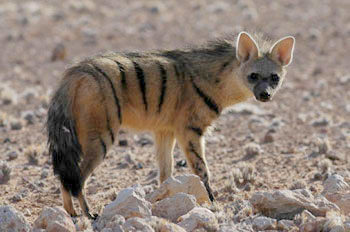
Cape cobras are proven to invade dark burrows in their relentless pursuit of prey, as shown by a brutal story which all lovers of cuteness should avoid. The aardwolf (Proteles cristatus) is an insectivorous relative of hyenas, and a scientist had spent several weeks watching a litter in Benfontein Nature Reserve, central south Africa. The litter’s den was in a dark aardvark burrow, with tall grass behind, but bare soil in front.
The scientists made many observations, but one day, while the aardwolf cubs were playing, the grass behind the den started rustling, and out slithered a large yellow cape cobra, measuring 1.8-2 metres. It instantly headed towards the aardwolf cubs, which fled into the den.
The scientist left the vehicle and attempted to scare the cape cobra away, but it slithered into the dark burrow after them instead. Several moments later, one aardwolf cub staggered out of the den, limping into the grass. 20 minutes later, the cape cobra appeared with a noticeable bulge in its belly. The third aardwolf cub was unaccounted for. The mother survived, but abandoned the den.
| 7 | The earliest symptoms |
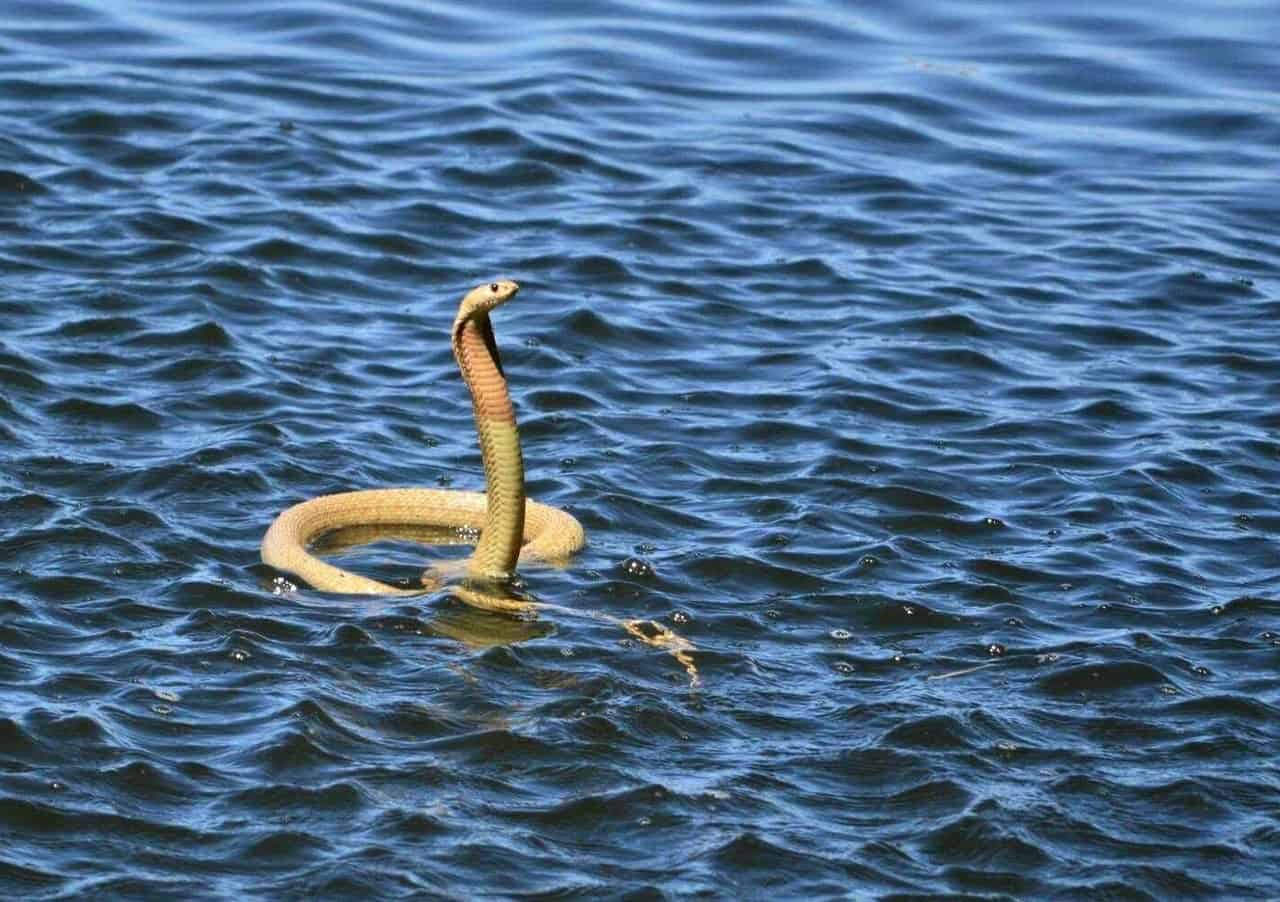
Cape cobras have a large variety in appearance. Some are dark grey with yellow spots, while others are completely yellow, except a darkening towards the tail. If you see a pure yellow cobra in southern Africa, it’s almost certainly the cape cobra.
Cape cobras enter houses, though less commonly than the Mozambique spitting cobra. They’ve even hidden in car engines, and been transported back to unwitting carriers’ streets. Cape cobras are sometimes found in cities, particularly Cape Town metro area near pockets of remnant natural habitat. All this stems from their curious and inquisitive personality.
Cape cobra bites aren’t agonising painful. The first symptom is a metallic taste in the mouth, followed by tingling lips, increased saliva, and a paralysed tongue. This is followed by dilated pupils, drowsiness and dizziness. Always remember that a cape cobra bite is a life threatening emergency. Victims should reach hospital as soon as possible. A coma follows paralysis follows laboured breathing follows weakness and stumbling. Dogs are particularly vulnerable to cape cobra venom, and survival rates are low.
| 8 | Causes total paralysis |
A cape cobra’s venom causes complete paralysis, and is extremely fast acting. A 1985 study documented two cape cobra victims. Both required artificial ventilation, 2 hours 15 minutes and 2hr 30 minutes post bite, which lasted for 4.5 days and 7 days respectively.
More disturbingly, while antivenom is effective immediately post bite, it has no benefit once paralysis has set in. The first patient was completely paralysed by 4 hours, but able to hear and understand, imprisoned in his own body. By day, 20.5 hours post bite, he was fully paralysed, with even his eyes no longer reacting to stimuli. By day 3, he began to recover; he moved his tongue a little, and later opened his eye and moved his left leg.
The man stayed in hospital for 13 days, and almost completely recovered, though his finger had a painful abscess that required draining. Cape cobra venom has an LD50 rating of 0.4mg, stronger than the vast majority of rattlesnakes. The yield is also high, at 100-150mg per bite. The venom itself has a thick, syrupy texture, and dries into shiny pale flakes.
| 9 | Unreliable antivenom |
The study above tested South African Institute for Medical Research (SAIMR) polyvalent antivenom. This contains antibodies from animals injected with 10 snake species, including the cape cobra. SAIMR is a mainstay in South African hospitals, but that study and a second study found it to be weak in cape cobra bite cases.
A 2022 study tested a different antivenom – VINS African Polyvalent Antivenom (VAPAV). This is Indian-manufactured, and is again manufactured using 10 species, but not the cape cobra. There were 3 cobras involved: forest cobras, Egyptian cobras, and black-necked spitting cobras. Mice were exposed to cape cobra venom, and given VAPAV antivenom at the onset of hind limb paralysis, which usually arrived within 30 minutes. The antivenom saved 75% of mice, and the 25% that perished survived for an extra 3-4 hours. Untreated mice died 1-2 hours post venom. The mice that took antivenom and survived fully recovered within 24 hours, and were able to move and eat.
Somehow, this newer antivenom beat the common South African version, despite not even using cape cobra venom. Most cobra species have a large overlap in toxins, including the alpha-neurotoxins responsible for paralysis.
| 10 | Swelling is rare |
A 2022 study finally analysed the toxin composition of cape cobra venom from head to toe. The result was 7.4% alpha neurotoxins, 75.6% cyotoxins/cardiotoxins, and 6.79% metalloproteinases. There was also a weaker neurotoxin class, which blocked nicotinic acid muscle receptors similarly to alpha neurotoxins, but far more weakly. These comprised 1.58%.
Alpha-neurotoxins only made up a small portion, yet these are the group overwhelmingly responsible for fatalities – the paralysis and respiratory failure. Forest cobras and Nubian cobras contain 12-20% neurotoxins, making them extra lethal, while black-necked and red spitting cobras are closer to cape cobras.
Unlike a puff adder, cape cobras cause very few local symptoms. There’s virtually no swelling – not even a finger, let alone a hand or entire arm. There’s little necrosis, the death and sloughing off of healthy skin tissue. This is despite cytotoxins being the main venom class. In the same study, scientists found extremely little dermonecrosis in mice even at high dosages. Likewise, cape cobra venom is only very mildly haemolytic, the destruction of blood cells and blood vessels, which triggers spontaneous bleeding. Neurotoxins are their speciality.
